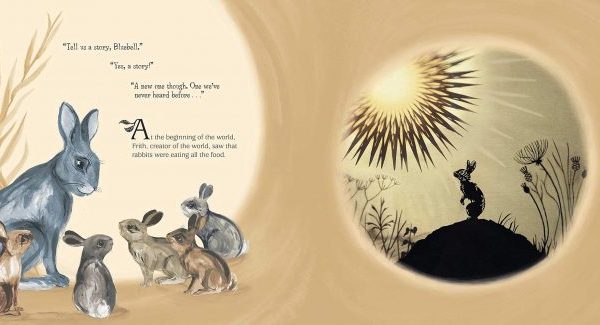
A view from Watership Down towards Nuthanger Farm
Image by Peter S and licensed for reuse under this Creative Commons Licence.
 When I was teaching, I often had students create maps for fictional "imaginary places." Some settings in novels are so real that we might think they exist in reality. Many authors create imaginary places but base them on real places they know.
When I was teaching, I often had students create maps for fictional "imaginary places." Some settings in novels are so real that we might think they exist in reality. Many authors create imaginary places but base them on real places they know. We did some quite detailed maps of the half-real/half-fictional Tulsa, Oklahoma in the young adult classic The Outsiders. Creating settings maps required very close reading and a lot of critical thinking and sometimes some research into an author's life and real maps.
The mystery writer Harlan Coben was a student of mine when I taught in Livingston, New Jersey. He often uses that town and part of New Jersey (he still lives not that far away) in his writing, but things are changed as needed. I recognize people and names (including my own) on those pages. When he describes a street he's driving down, in my mind I can see that street.
I know from my child psychology classes that the creation of imaginary worlds and people is an important part of child development.
As a young reader, I loved books that had maps in them. Some books had a map on the inside covers. I had a Treasure Island and a Lord of the Rings that had maps. I also had a copy of Richard Adams' 1972 novel, Watership Down, that had a map.

Page from a picture book adaptation of Watership Down
That book is about a rabbit named Hazel who leads a group of his kind out of a dangerous place through an even more dangerous place. Their original home was being taken over by humans. The dangerous place they travel to is dangerous because of the rabbits that live there.
I love that novel and read it multiple times. I have always felt a connection to rabbits. It has been more than just liking these cute, fuzzy creatures. I feel some higher connection to them.
All of the locations described in the book are real places and you could do a tour of the settings using the map in the book.
I have looked the place up online and apparently, it is a popular spot with cyclists, walkers, and exercising horses along Wayfarers' Walk. A section of Watership Down is a biological Site of Special Scientific Interest.
Going way back, the Down is in the midst of an area is with Iron Age burial mounds, enclosures, and field systems.
There is a tree that was planted at the north end of the wood to mark where the rabbits choose to make their new warren. That tree replaced a beech tree that was destroyed by a storm in 2004. The roots of that beech tree is where the rabbits' warren is in the novel.
I have read that the wooden fence protecting the tree has been, perhaps understandably, "vandalized" by visitors who have carved the names of some of the rabbits from the novel, such as Bigwig, Fiver, and Hazel.
I had a shelf in my classroom with some novels that had maps in them and a few books about imaginary places and creating imaginary worlds. (click on the book covers below for info). I always had a few students who would fall into those books and linger longer than necessary in them and sometimes ask if they could borrow one over the weekend.
I was such a dreamer thinking and sometimes drawing maps of Atlantis, Xanadu, Shangri-La, El Dorado, Utopia, Middle Earth, Treasure Island, Wonderland, Freedonia. These days I'm sure readers and watchers have been imagining Jurassic Park and the world of Harry Potter - although movies kind of ruin imaginary places by making them seem "real."
I always thought that one day I might walk Watership Down with Karen, my longtime friend and fellow rabbit person. Maybe. Maybe not. Maybe just in our imagination.
cross-posted at Weekends in Paradelle




No comments:
Post a Comment